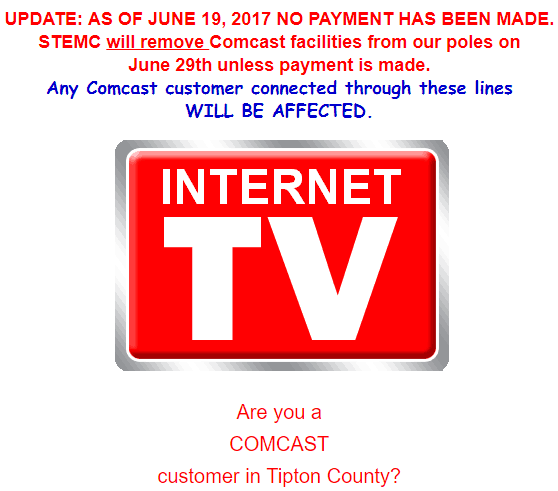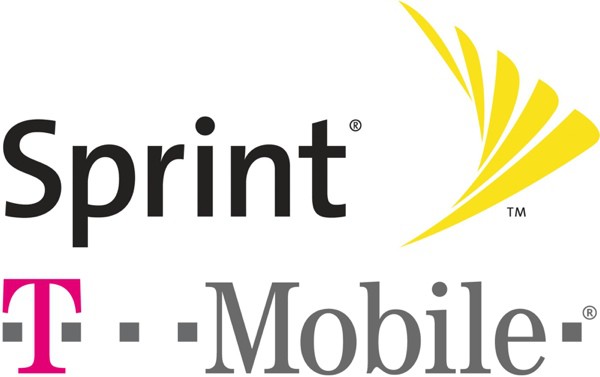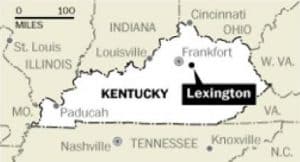 If Comcast doesn’t send a check for $176,000 to cover the last three years of pole attachment fees owed to the Southwest Tennessee Electric Membership Corporation (STEMC), the electric co-op is prepared to rip Comcast’s lines right off its poles.
If Comcast doesn’t send a check for $176,000 to cover the last three years of pole attachment fees owed to the Southwest Tennessee Electric Membership Corporation (STEMC), the electric co-op is prepared to rip Comcast’s lines right off its poles.
Comcast, under a license agreement with the utility, pays a small fee to the utility to place its infrastructure on its utility poles. Comcast has not paid since June 2014, and if the cable giant doesn’t send a check by June 28, STEMC will remove Comcast’s attachments from their poles, knocking out cable service for thousands of customers.
“We’ve been going back and forth with them for going on three years now trying to get payment out of them,” said STEMC chief financial officer Scott Sims.
A notice on STEMC’s website explains Comcast’s foot-dragging isn’t fair to the cooperative:
We regret that some customers may lose their Comcast service. However, the full cost and maintenance of these utility poles are borne by all members of STEMC, and we cannot allow STEMC members to subsidize Comcast’s services. We are hopeful that Comcast will make payment prior to the deadline and avoid the need to remove their cable attachments.
Many residents are taking the side of the utility, pointing out Comcast would have shut off their cable service long before Comcast’s three years of non-payment.
A Comcast representative told WREG-TV that STEMC started billing Comcast double what they used to, claiming to have discovered previously unbilled pole attachments. Comcast wanted evidence of these attachments from STEMC, despite the fact they were capable of counting their own cable subscribers in the area, and refused to make a payment until this information was provided. Comcast claims it finally got evidence this month.
“Since receiving that information, we have completed our own audit and are taking the appropriate next steps to arrange for payment in the correct amount,” Comcast said in a released statement. “We look forward to working with STEMC to resolve this issue quickly and ensure that our mutual customers’ services are not disrupted.”


 Subscribe
Subscribe





